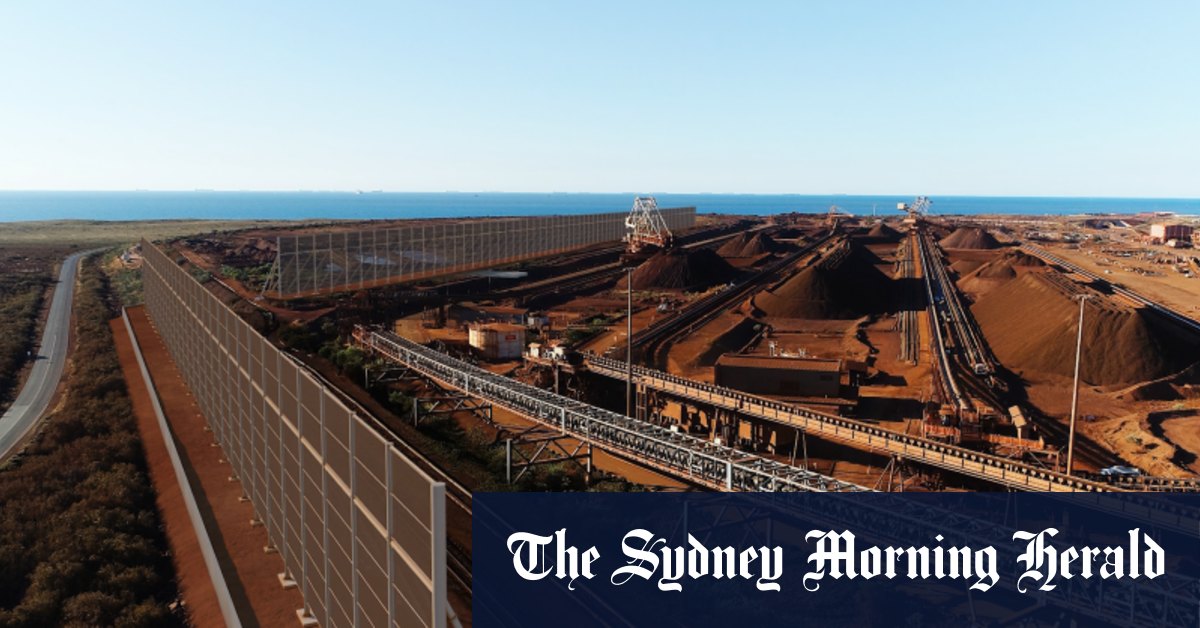
Craig said BHP was required to ensure there was no net increase in dust emissions outside its boundaries as part of environmental approvals for expanding beyond its capacity of 290 million tonnes a year.
“It’s very important for us as part of our 330 million-tonne license here in Port Hedland,” Craig said.
A year ago BHP committed to spending up to $300 million over five years to minimise dust emissions from its Pilbara operations. In addition to the dust fences, BHP is investigating vegetation barriers to capture dust before it gets to the most exposed west end of Port Hedland.
Fifty-three years of iron ore exports from the Pilbara has made Melbourne-based BHP Australia’s biggest company.
BHP shipped $US34.3 billion ($47.8 billion) of iron ore out of Port Hedland last financial year.
The ore produced three-quarters of the $226 billion company’s earnings before interest, tax and depreciation in 2020-2021 when the oil and gas assets offloaded to Woodside on Wednesday are excluded.
Loading
However, while BHP – later joined by Fortescue and Roy Hill export facilities further from the town – prospered, Port Hedland residents suffered from the dust, and it has been slow progress toward a solution.
In 2009, the WA Environmental Protection Authority raised concerns about the effect on the health of residents, leading Colin Barnett’s Liberal government to set up a dust management taskforce.
Seven years later the taskforce finished its work, concluding there was sufficient evidence of possible negative effects on human health from dust to warrant action.
The McGowan Labor government’s response to the taskforce in 2018 included taking control of dust monitoring from the industry. The Department of Water and Environmental Regulation later described the performance of the monitoring network as extremely disappointing with “the potential to undermine the entire regulatory approach of the department,” according to a letter obtained by the ABC.
In 2020 the WA government approved an approximately $200 million industry-funded voluntary buyback scheme for homes in the west end of Port Hedland.
Peter Milne travelled to Port Hedland courtesy of BHP.








